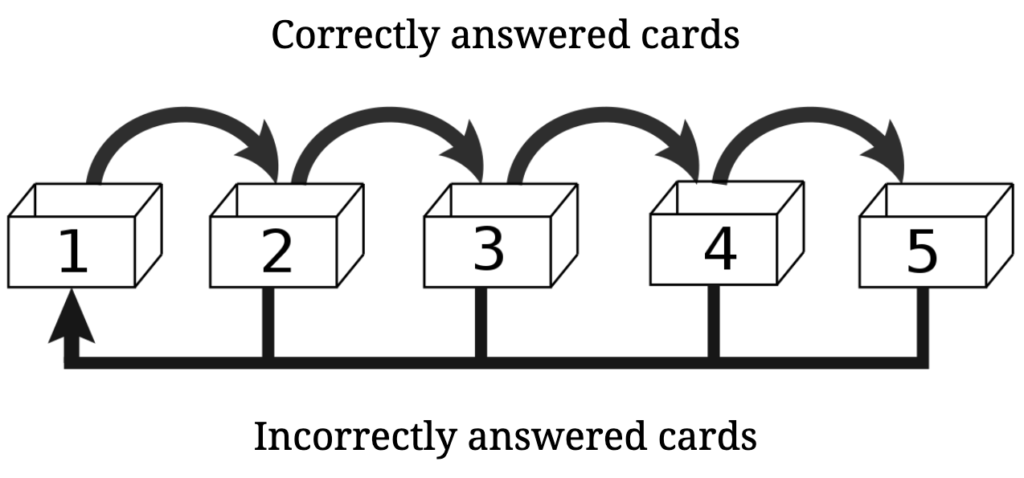Many startups are offering learning products based on dubious claims. While the neuroscience of learning is pretty well understood in terms of underlying biological mechanisms, very few interventions have been proven to have a positive impact on these processes. In a sea of unproven strategies, spaced repetition is the strongest evidence-based learning technique.
The concept of spaced repetition is not new. In 1939, H. F. Spitzer tested the effects of a type of spaced repetition on 3,600 students in Iowa who were learning science facts and showed that spaced repetition was effective. But this early work went unnoticed. It took more than twenty years before researchers started looking into this learning approach again.
The spacing effect
Research shows that learning is more effective when your study sessions are spaced out. The spacing effect is basically the opposite of cramming, when you try to absorb large volumes of information in short amounts of time, and which may help you survive an exam or a presentation, but won’t have any impact beyond short-term performance. Much more information is encoded into your long-term memory—and better—by used spaced study sessions.
In a 2006 study, researchers were taught to solve mathematical problems. Students either used mass practice (cramming) or spaced practice. Spaced practice showed a significant improvement over mass practice when tested a week later. Furthermore, students did even better when the practice problems were solved in a random order, rather than grouped by type.
The conclusion of this study is that the best way to practice anything is to use the spacing effect to your advantage, and to randomise the information when studying instead of always reviewing everything in the same order.
How to use spaced repetition with flashcards
While educators have many ways to implement spaced repetition in their teaching methods, for example by carving time for students to practice older material at specific intervals, the easiest way for a self-learner to implement spaced repetition is to use flashcards.
A popular method is the Leitner system, named after Sebastian Leitner who devised it in 1973. You just need a box, separated in five different sections, and a bunch of blank cards. One side a card has the question, the other side the answer.
At first, all of your cards will be in the first section. Take the cards, and try to guess the answer to the first one. If you get it right, place it in the second section; if you get it wrong, put it back in the first section. Keep on doing this until all of the cards are either in the first or second section. During your subsequent review sessions, move the correct cards to the next box, and place back the incorrect ones in the first box.

Each section corresponds to a specific review interval. For instance, the cards in the first box should be reviewed on a daily basis, in the second box on a weekly basis, etc. In Leitner’s original method, the schedule of review sessions was based on the size of the partitions in the learning box, which were 1, 2, 5, 8 and 14 centimeters respectively. Only when a section became full was the learner to review the cards it contained, moving them forward one section or back to the first section depending on whether they remembered them.
Nowadays, there are several implementations of the flash cards system, with some of them deviating quite a bit from the original Leitner method.
Using digital flashcards
The analog version of spaced repetition may feel too tedious and hard to stick to over the long term. Luckily, there are many software implementations you can use to make the most of space repetition. The most popular one is Anki, a free and open-source flashcard programme that uses a slightly modified implementation of the SM-2 algorithm, which was developed by Piotr Woźniak in the 1980’s for SuperMemo, a spaced repetition programme.
While there have been many new iterations of the SM-2 original computer-based algorithm, they have been criticised by many for yielding perverse results, where sometimes a hard-to-remember card would result in a longer interval than an easy one. That’s why most apps nowadays stick with the more solid, evidence-based SM-2 algorithm.
P.S. Getting started with an online spaced repetition tool is fairly easy, albeit quite manual. I’m currently working with Alyssa X on a tiny spaced repetition tool that will allow you to create flashcards based on the information you consume on the web. Stay tuned!
